Low back pain is one of the most common conditions in the adult population. It is estimated that more than 80% of the population will suffer from it at some point in their lives. Acupuncture and Moxibustion can be excellent alternatives to improve the quality of life of those suffering from low back pain, reducing the frequency of crises and the intensity of pain.
In Chinese Medicine, the lumbar area is related to the kidneys, a tendency to lower back pain always indicates a deficiency of the Yin or Yang part of this organ. In acute cases (lumbago) we speak of syndromes of painful obstruction to refer to pain, in this case, Qi and blood are blocked in the main and collateral meridians. The blockage of the meridians can appear by blow, injury, or by the invasion of pathogenic factors such as wind, heat, cold and humidity.
Self-diagnosis of low back pain
- Lingering and recurrent pain of the waist or lumbosacral region that changes with the weather.
- Tenderness upon palpation in the lumbar region.
6 Acupuncture points for low back pain
1. GV 9 Acupoint (Zhiyang)
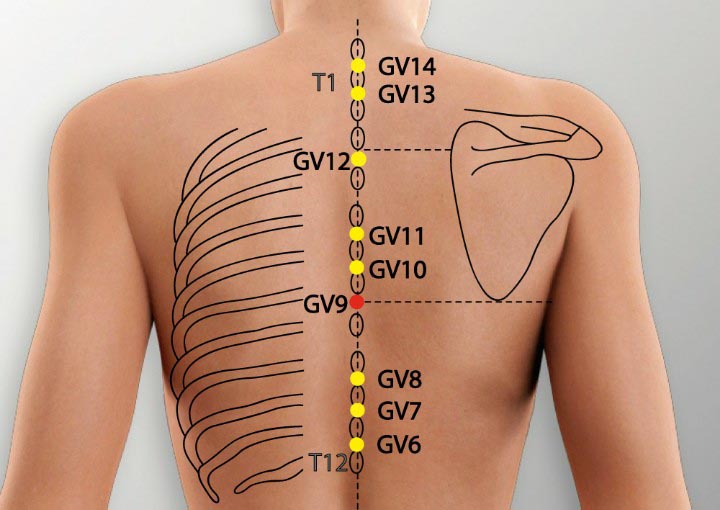
Location: On the posterior midline in the depression below the spinous process of the seventh thoracic vertebra.
Effect: Warms yang qi, strengthens the spinal cord and unblocks the collaterals.
2. GV 4 Acupoint (Mingmen)
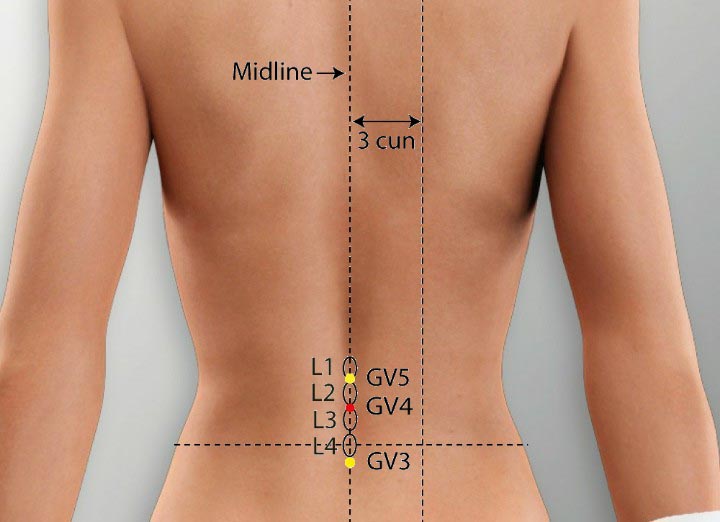
Location: On the lower back on the posterior midline in the depression under the spinous process of the second lumbar vertebrae.
Effect: Supplements and boosts kidney qi, strengthens the low back and spinal cord.
3. GV 2 Acupoint (Yaoshu)
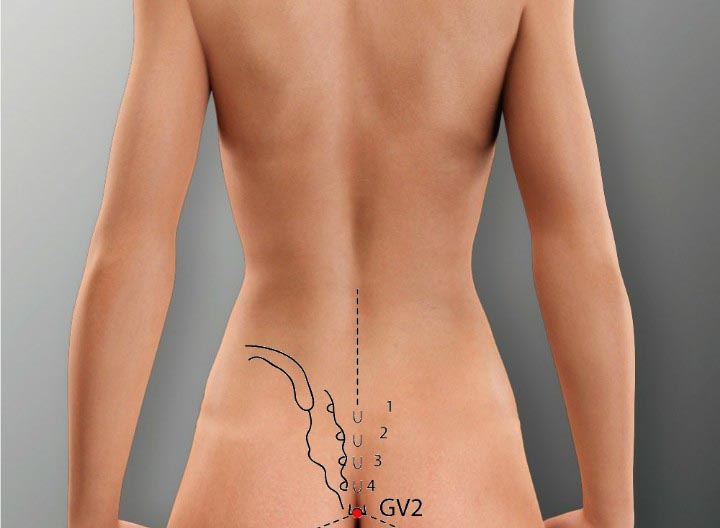
Location: On the back on the posterior midline, at the level of the sacral hiatus.
Effect: Strengthens the low back and spinal cord, unblocks the collaterals and relieves pain.
4. BL 25 Acupoint (Dachangshu)
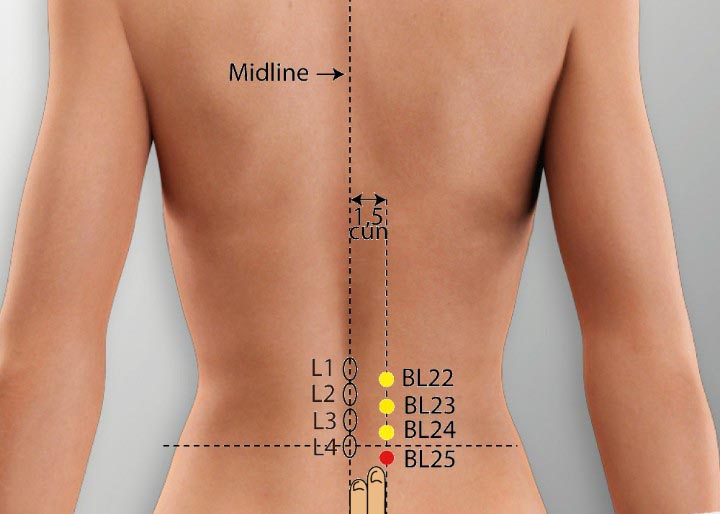
Location: On the lower back 1.5 cun lateral to the posterior midline, level with the lower border of the spinous process of the fourth lumbar vertebrae.
Effect: Promotes the function of the waist and spinal cord.
5. BL 26 Acupoint (Guanyuanshu)
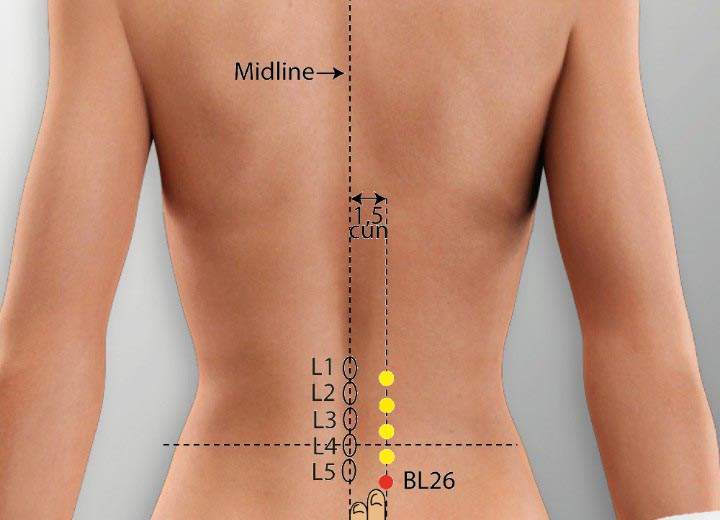
Location: On the low back level with the lower border of the spinous process of the fifth lumbar vertebra, 1.5 cun lateral to the posterior midline.
Effect: Warms and supplements original yang, boosts kidney qi.
6. Tender points in the lumbar region
Location: The lumbar region.
Effect: Unblocks the collaterals, and relieves pain.
Moxibustion treatment methods
- Back-and-forth moxibustion along the du mai and relaying moxibustion on GV 2, GV 4, and GV 9 to stimulate the yang qi of the du mai. The patient should feel heat transmitted along the du mai on the back and waist.
- Single-point mild moxibustion on tender points in the lumbar region. The patient should feel the heat penetrate deeply, even to the abdominal cavity, expand over the back or to the lower limbs, or feel local tightness, pressure, soreness, distention and pain.
- Double-point mild moxibustion on BL 25. The patient should feel the heat penetrate deeply, expand over the area, transmit to the lower limbs, or feel local tightness, pressure, soreness, distention and pain.
- Double-point mild moxibustion on BL 26. The patient should feel the heat penetrate deeply, even reaching the abdominal cavity, or expand along the sides to the waist.
Treat once every other day, choosing one or two groups of the above acupoints each time. Give 10 treatments, after which treat four times per month.
Conclusion
Moxibustion can stimulate the transmission of channel qi, unblock the channels and collaterals, regulate qi, invigorate blood, relax the sinews, unblock the vessels, reduce inflammation, stop spasms and relieve pain to ease the tension of the psoas muscle, improve muscle fatigue and prevent strain on the lumbar vertebrae. Patients should be advised to change unhealthy habits such as sitting, standing, or walking for long periods. They should also avoid wind-cold, sleep on hard beds when the pain is acute, and exercise the muscles in the lumbar region.

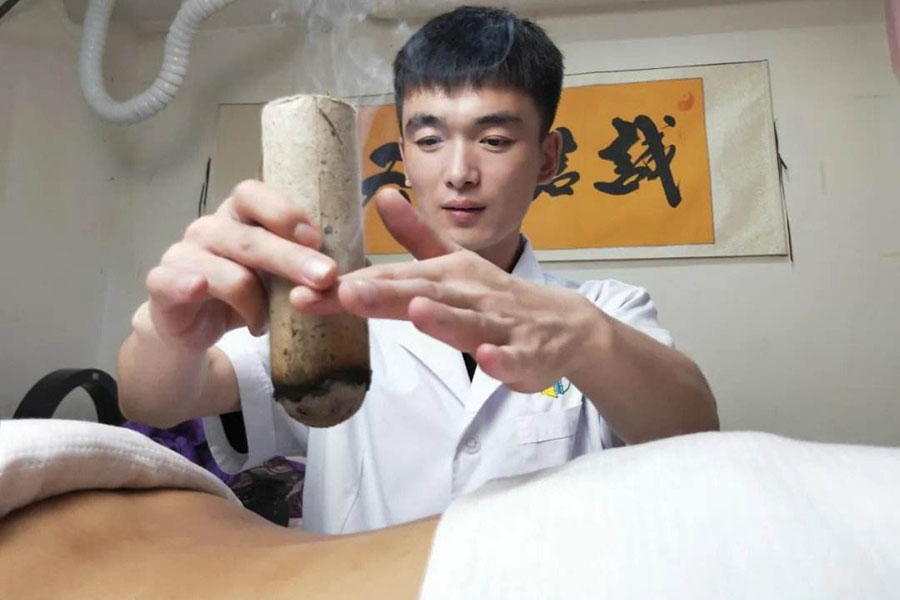
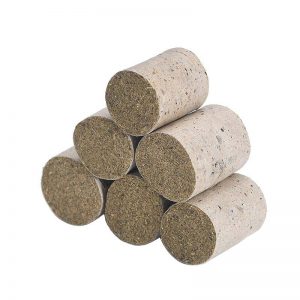
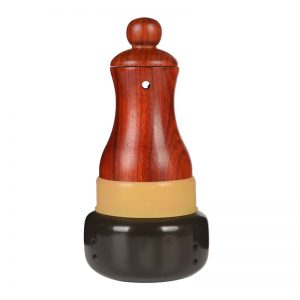
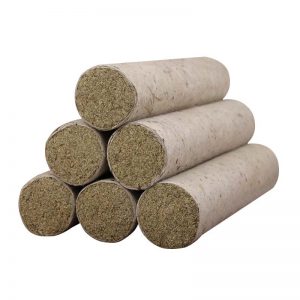
I am a meditator for a few hours daily. After a long sitting, my joints and back ache. I started Moxa treatment a couple of months ago.